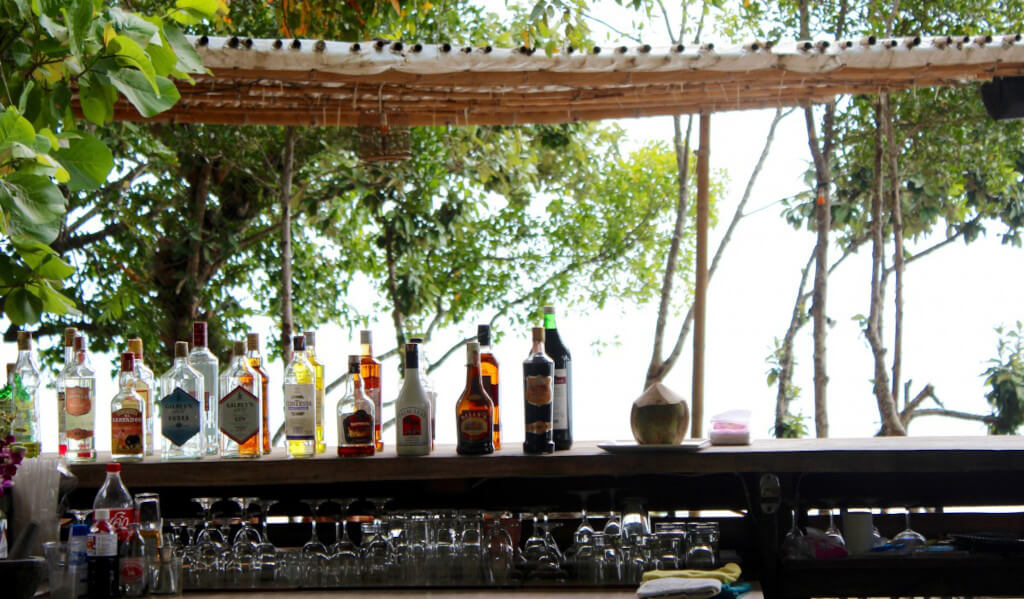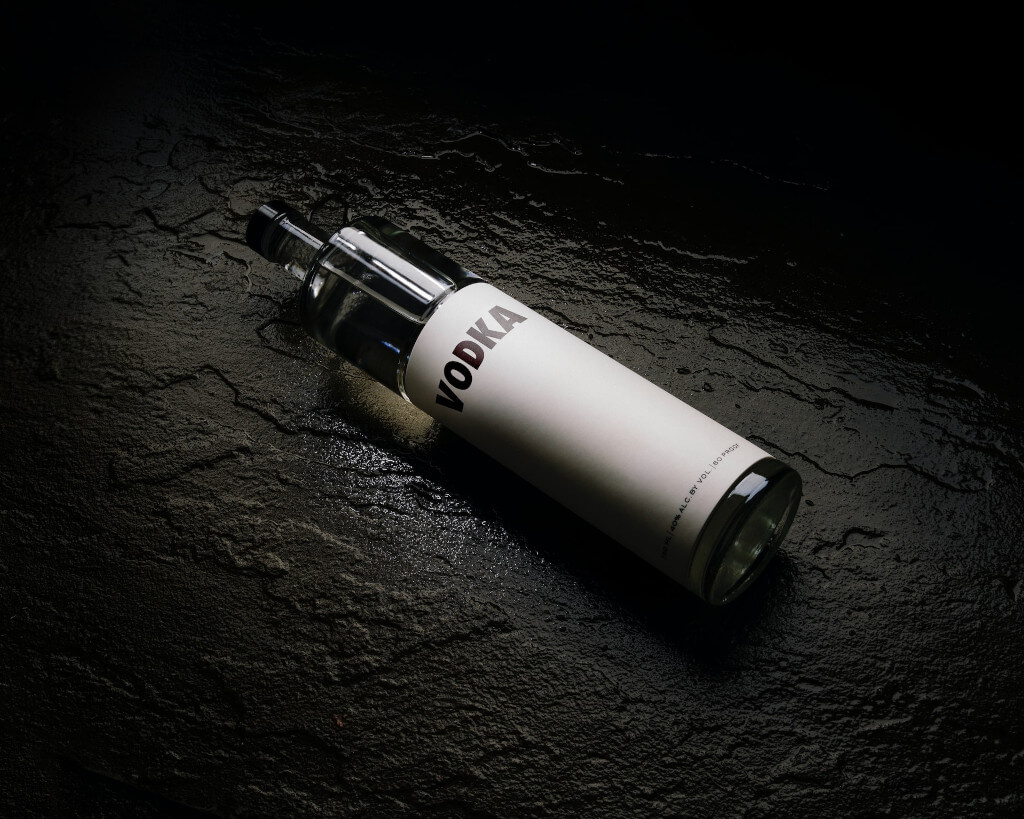Have you ever sipped on a drink and wondered about the origins of its tantalizing flavors? If you have, then let me introduce you to Arak. As Chris Hassaan Francke, the proprietor of The Green Zone in Washington, DC, mentions, the roots of distillation can be traced back to Northern Iran. The term “alcohol” itself hails from the Arabic word for distillate, while “arak” translates to “blessed.” Don’t know what Arak is? Here’s a quick breakdown of Arak as a spirit:
- Origin: Arak is a traditional anise-flavored spirit that originates from the Middle East.
- Flavor Profile: It boasts a licorice-like flavor, thanks to its main ingredient, anise. Despite common misconceptions, its flavor leans more towards anise rather than the sweetness of licorice.
- Distillation: Arak’s history goes deep. The word ‘alcohol’ is rooted in the Arabic term for distillate, and ‘arak’ is derived from the Arabic word meaning ‘blessed’. This spirit has close relatives in various countries: raki in Turkey, ouzo in Greece, pastis in France, and sambuca in Italy.
- Diversity: The flavor of Arak can differ significantly based on its place of origin or even the specific producer. This versatility has resulted in a wide spectrum of araks, from earthy and natural to crisp and clean.
Enjoying It Traditionally

Arak, with its deep-rooted history in Middle Eastern culture, has been traditionally enjoyed as a pure distillation, often reserved for special occasions and communal gatherings. In its native regions, Arak is typically consumed with a splash of water, in ratios varying from 1:1 to 2:1, giving the spirit its characteristic milky appearance, known as “louche”. This transformation, caused by the anethole in anise reacting with water, is not only visual but also alters the aroma and taste, softening the bold aniseed flavors.
While this ritualistic method of consumption paints a vivid picture of Middle Eastern traditions, its influence on modern mixology is undeniable. Today’s bartenders, inspired by Arak’s transformative properties, are keen on harnessing its unique characteristics in crafting cocktails. Instead of being the focal point, Arak is often used as an accent, bringing out layers of flavor in drinks. Its use in modern cocktails like the Middle Eastern Zombie and Saz-Arak, or even paired with unexpected flavors like coconut water, showcases its adaptability.
Understanding Arak’s Potential
It’s a pity that many associate arak and its anise kin with swift shots or digestives. Francke theorizes that this might be because many have memories of disliking licorice as kids. But, to fully grasp the richness of spirits, one must try arak. As Francke says, “You won’t appreciate how much more flavorful alcohols are until you’ve had arak.”
With roots extending from Southeast Asia, Indonesia, India, to Sri Lanka, the tradition of savoring spirits with a dominant anise note is widespread. This isn’t just an arak phenomenon. Countries worldwide have embraced this flavor: think raki in Turkey, ouzo in Greece, pastis in France, and sambuca in Italy. James Roe, Callie’s chief barman in San Diego, vouches for Arak’s timeless quality, stating, “This Levantine spirit has stood the test of time and continues to be a treasured tradition in many cultures.”
Getting Acquainted with Arak
For bartenders who champion Arak, a crucial aspect is educating the clientele. When a patron at Francke’s bar expresses interest in Arak, he takes a moment to gauge their familiarity with the spirit. This ensures they can relish the true essence of this Middle Eastern gem. Araks come with a spectrum of flavor profiles. As Francke comments, “Almost everybody’s uncle or grandfather has a still in the backyard and makes their own.” Each arak has a unique character. While some exude earthy aromas, others present a fresh scent.
Francke’s choice for cocktails is the Palestinian Golden Ramallah. He believes it delivers the right punch of anise without being overwhelming, plus it’s reasonably priced. Another notable mention is Arak Brun, which Francke describes as “very high-quality, but fresh and vegetal-tasting.” However, a recent favorite, especially among the Middle Eastern diaspora, is Muaddi. Crafted by a Palestinian from Philadelphia, its uniqueness is best appreciated when consumed pure or with a splash of water.
Innovating with Arak in Cocktails

Brian Levine, manager at Laser Wolf in Brooklyn and Philadelphia, acknowledges the challenge Arak faces. He states, “Black licorice forever gets a bad rep,” but emphasizes that Arak is more about highlighting anise flavors than pure licorice. Levine incorporates Arak in the Salty Lion cocktail at his restaurant, blending it with gin, grapefruit, mint, and salt. He aims to present arak in flavors that pique curiosity, stating that grapefruit, lemon, and mint pair perfectly with the spirit.
Roe, on the other hand, finds joy in incorporating Arak in contemporary cocktails. As he describes it, “A quarter-ounce can transform a simple cocktail into a unique experience that adds layers of flavor.” Francke seconds that sentiment, stating that a Middle Eastern Zombie made with arak instead of Angostura bitters truly makes the drink stand out. Moreover, Francke shares a delightful discovery, saying, “Coconut water pairs remarkably well with Arak.”
Can You Source It In America?
Major cities with diverse populations, such as New York City, Los Angeles, and Washington, D.C., typically house specialized liquor stores or Middle Eastern markets where Arak can be found. These urban hubs often cater to a varied clientele, leading to a broader inventory of international spirits.
Several states, including California, New York, and Texas, due to their larger Middle Eastern communities, are more likely to have liquor stores stocking Arak. While it’s feasible to find Arak in brick-and-mortar stores in these regions, the digital realm offers even more options. Numerous online liquor retailers based in the U.S. have expanded their inventory to include Arak, catering to the demand for diverse and unique spirits. Purchasing online allows for delivery to multiple states, providing an avenue for those residing outside major metropolitan areas to access this spirit.
Before making a purchase, it’s advisable to verify your state’s liquor import regulations, as some may have restrictions or additional taxes on spirits sourced from outside the U.S.
It’s a Balancing Act with Arak
The key with arak, as with many potent ingredients, is balance. Roe suggests treating it like absinthe, where a touch can amplify the entire concoction. He recommends pairing arak with rye, mezcal, gin, cinnamon, cardamom, ginger, and seasonal fruits.
As Roe points out, “Because the flavor profile of arak is so pure, it offers extensive versatility.” The aniseed flavor, complex yet pure, does the heavy lifting in cocktails, amplifying other ingredients.
One of Francke’s cocktail creations, “A Few of My Favourite Things,” features a blend of arak, Scotch whisky, lemon juice, and honey. The reason? Scotch whisky’s popularity in the Middle East. Francke tried merging the two, and the result was nothing short of splendid. The bartenders at Callie, too, have their signature cocktail, the Stage Fright, which blends rye, lemon, smoked eggplant remnants, and the magic of Arak. As Roe aptly summarizes, thanks to its aniseed flavor, “Arak makes everything dance on your palate.”





